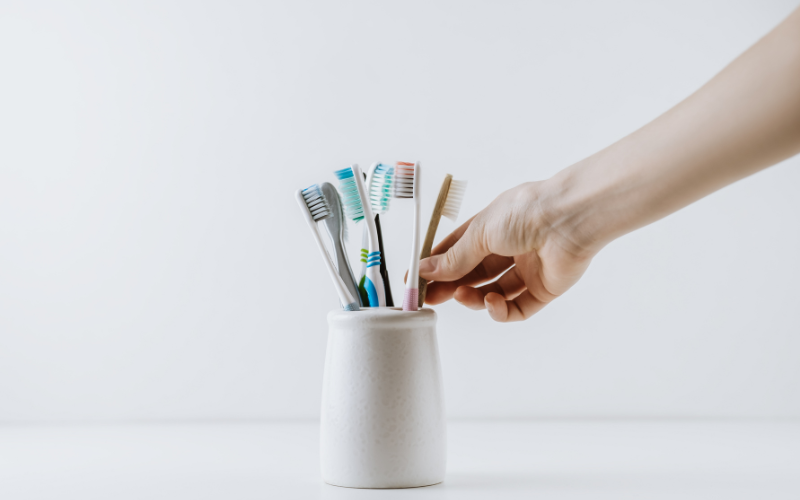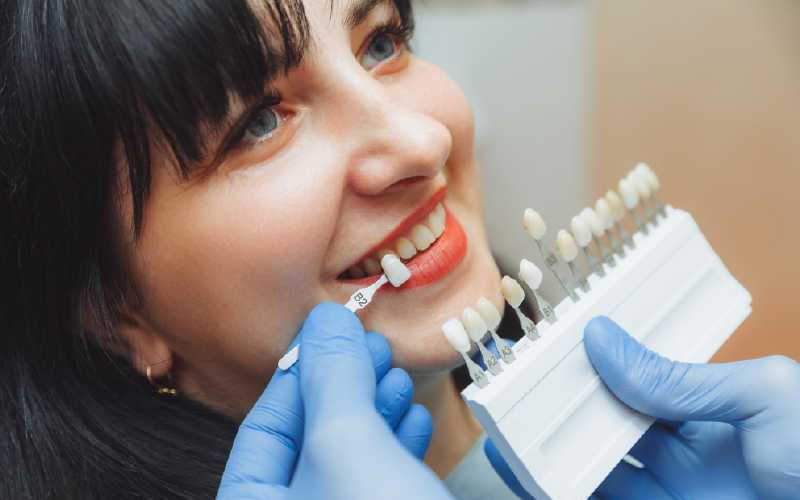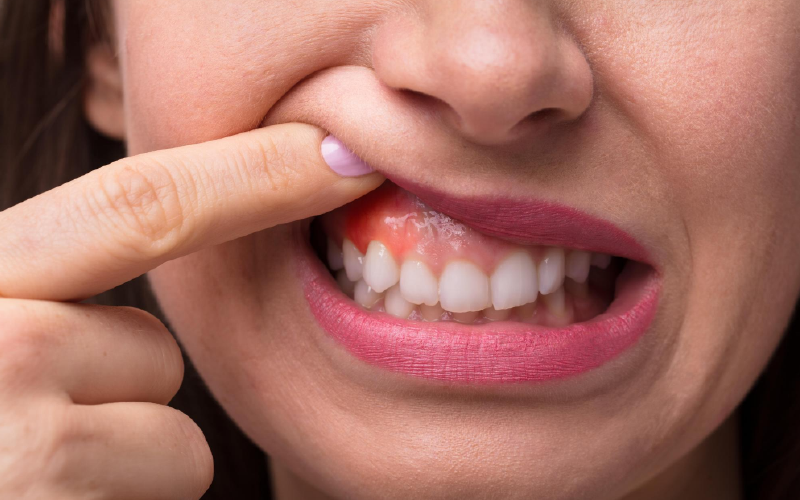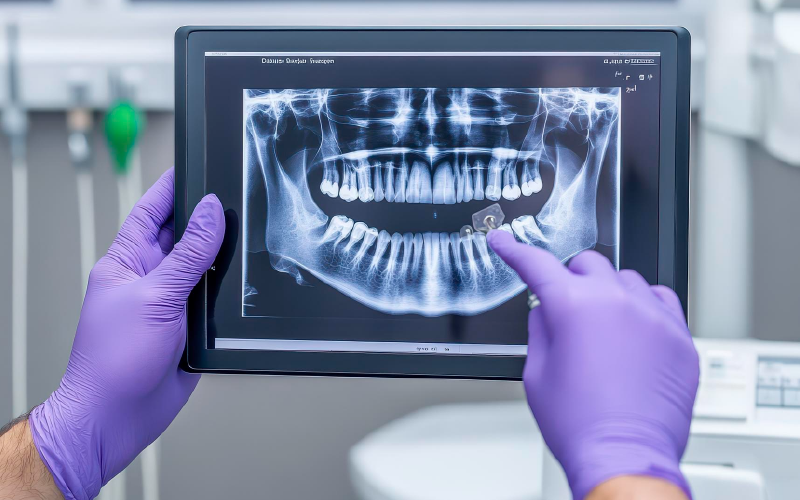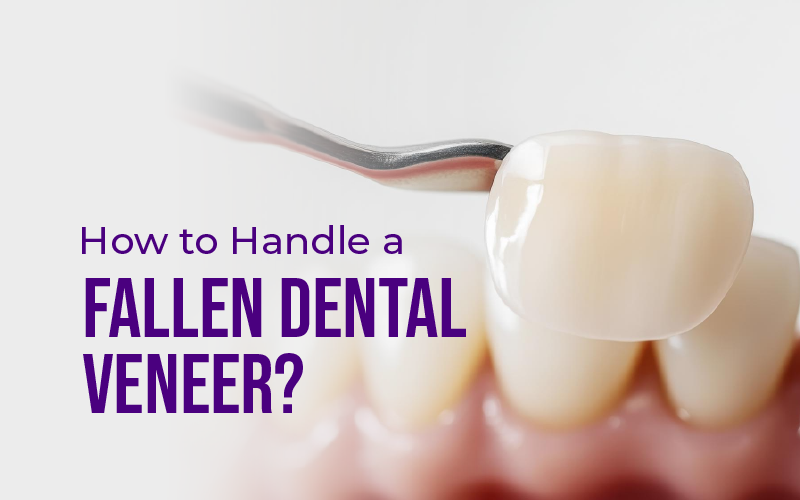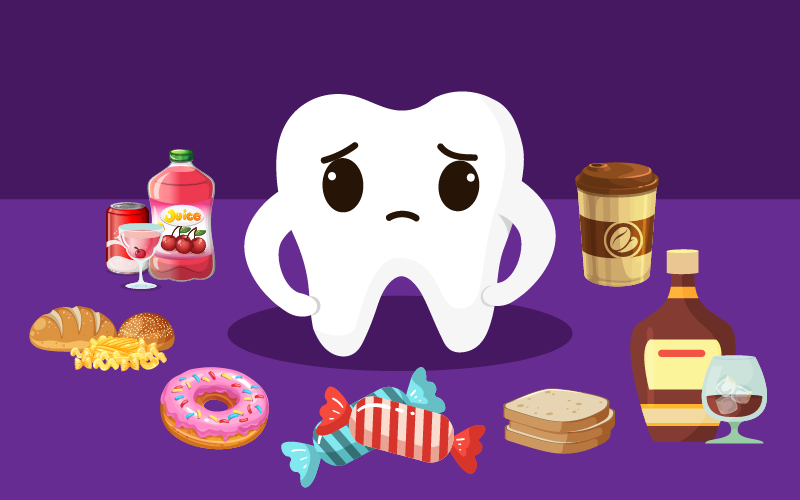Have you ever stopped to think about what your dentist means when they mention plaque vs tartar during an appointment? You’re not the only one.
How Often Should I Change My Toothbrush?
Brushing our teeth is one of the first habits we learn as kids simple routine that becomes the foundation of lifelong oral health. But here’s a question most […]
Can Sedation Dentistry Help Improve Your Oral Health?
If you’ve ever felt nervous or downright scared to visit the dentist, you’re not alone. Dental anxiety is a real barrier for many people, leading them to delay […]
Do Dentists Remove Tooth Enamel Before Placing Veneers?
Porcelain teeth are one of the most popular aesthetic dental solutions for individuals looking to improve the appearance of their smile. They are thin, custom-made shells designed to […]
Think You Might Have Gum Disease? What to Know
Your gums do more than just support your teeth—they protect your oral health. But when they start to bleed, swell, or recede, they may warn you about something […]
3 Benefits of High-Def Dental X-Rays
In today’s modern dental care, technology plays a crucial role in enhancing the accuracy and effectiveness of treatments. One such advancement is digital X-rays, which have revolutionized how […]
What to do if a Dental Veneer Falls Off?
Dental veneers are a fantastic modern invention that millions of people have taken advantage of. If you have dental veneers in Gilbert, AZ, you already know their power […]
Avoid These Foods For Better Oral Health
A healthy smile is more than just a confidence booster—it’s a reflection of your overall well-being. While brushing and flossing are essential for maintaining oral health, professional dental […]



